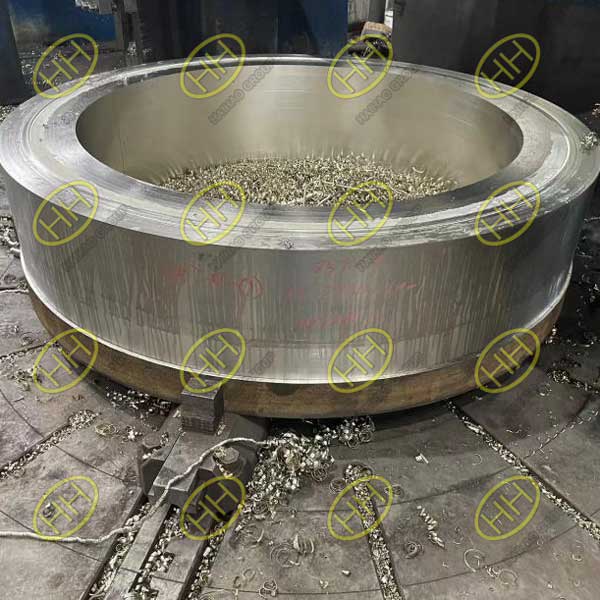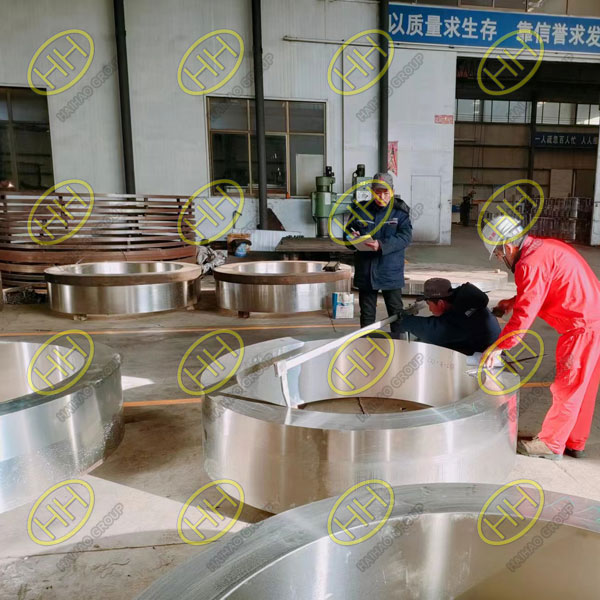Crucial breakthroughs in the forging process of large forgings
Manufacturing large forgings is a complex and critical process, and we categorize them into three types based on geometric characteristics: large shaft forgings, large disc forgings, and large plate forgings. These forgings include components such as rotors for power generator turbines, tube sheets in nuclear power station pressure vessels, and large rolling mill rolls. As these components increase in size, the demand for more stringent quality standards and the challenges of operating conditions become more pronounced. However, due to the physical and chemical properties of metallic materials, internal defects like segregation, looseness, and shrinkage cavities in steel ingots are almost inevitable, even with the most modern metallurgical techniques.Based on the characteristics of the quality requirements of large forgings, this article summarizes the key technologies of large forgings through analysis and synthesis. Some parts of them have been tested in practice and have a guiding role in actual production.

Large forging fitting
1.Key Technologies in the Forging of Large Shaft Forgings
Large shaft forgings, such as turbine rotors, have extremely stringent quality requirements. Current forging processes often struggle to meet these standards. To address this, we emphasize the phased effect of forging. Based on the role each stage plays in shaping the rotor forging, we divide the forging process into three stages:
The first stage focuses on thoroughly breaking down the cast structure to achieve the required mechanical properties. This involves 1-2 upsetting and drawing operations.
The second stage aims to completely forge internal porous defects, preventing the initiation of new cracks inside and meeting the technical requirements of ultrasonic testing.
The third stage uses forging methods that control thermodynamic parameters to address crystallization issues in the rotor.

Large forgings
2.Key Technologies in the Forging of Large Disc Forgings
The production difficulty of large disc forgings, such as tube sheets and covers, is significant. Conventional processes may result in transverse internal layer cracking defects. Proposed key technologies include innovative forging processes like the tapered plate upsetting + localized compression and the whole plate upsetting of a cylindrical body + localized upsetting with a square anvil. These methods aim to eliminate internal defects and improve the structure and performance of forgings.
3.Key Technologies in the Forging of Large Plate Forgings
Conventional forging processes for large plate forgings may yield a product qualification rate of only 50% to 60%. New key technologies involve methods such as the no-transverse-tensile-stress forging method and the new FM forging method to ensure that the center of the forging is in a three-directional compressive stress state, eliminating the mechanism for crack initiation. These approaches offer new insights and solutions for the forging of large plate forgings.
By applying these key technologies, the manufacturing of large forgings is poised to become more efficient and produce higher-quality components, opening up new possibilities in the industrial sector.
